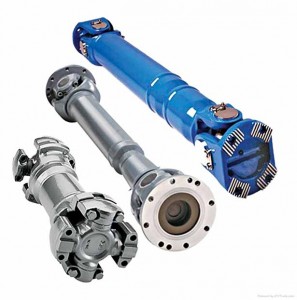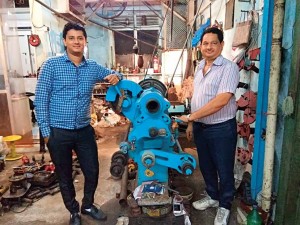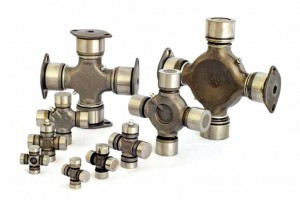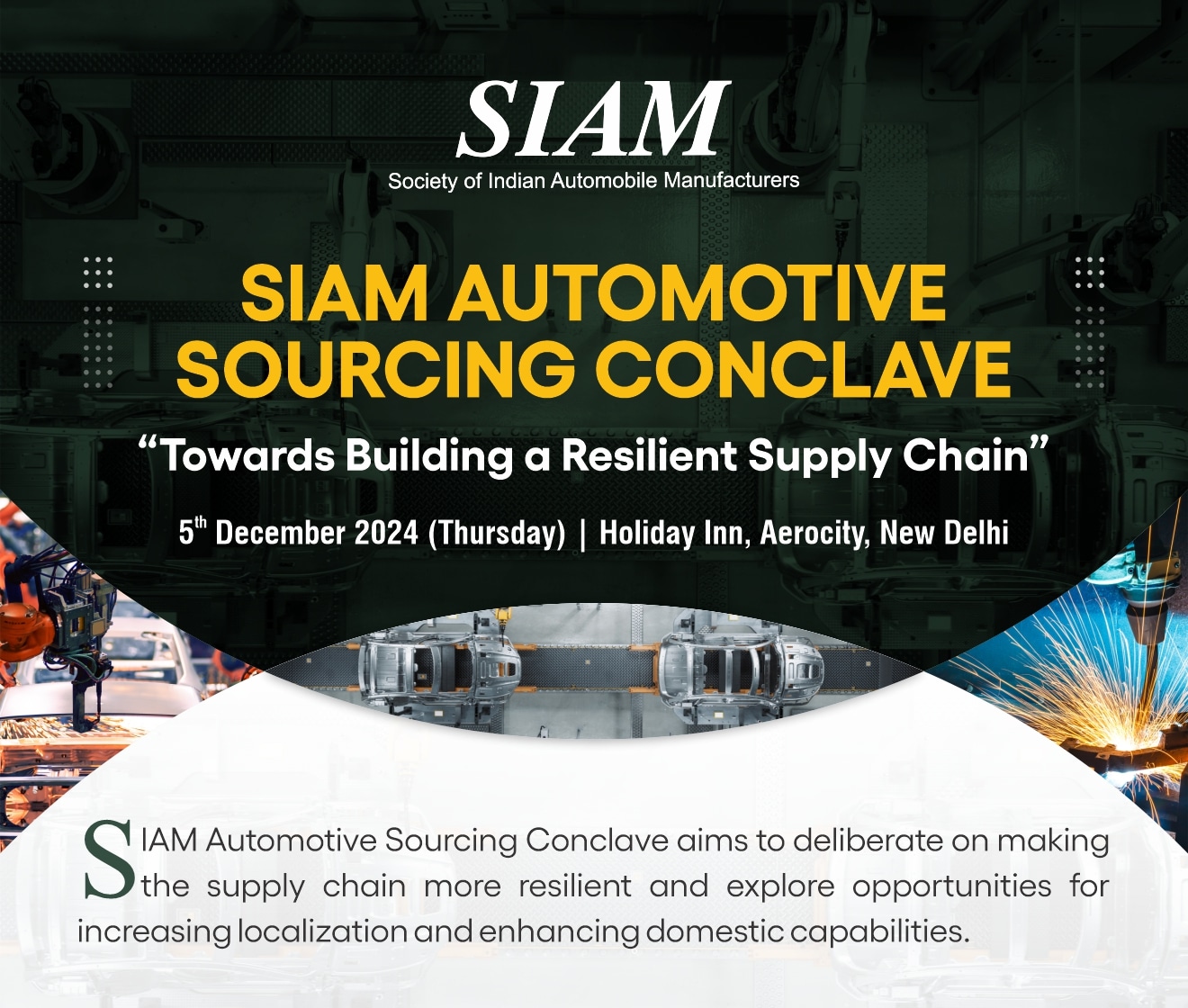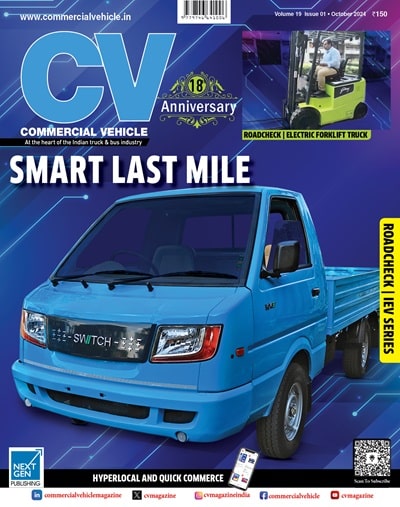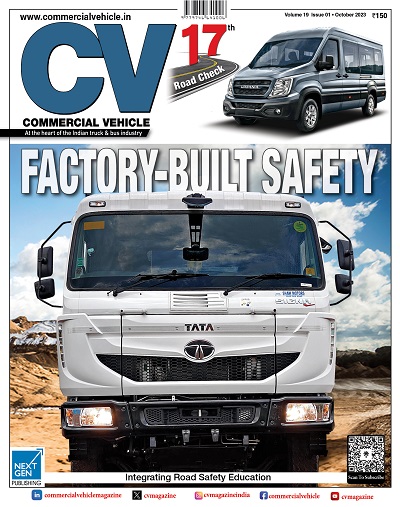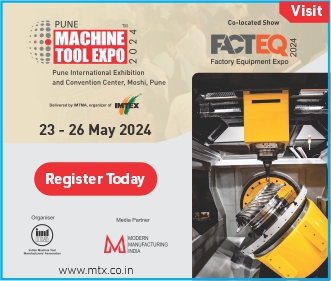Specialising in the manufacture of cardan shafts, Dullabh Commercials is optimistic about growth.
Story by:
Ashish Bhatia
A cardan shaft is also termed as a propeller shaft. It finds application in various industries where there is a need to transmit power and torque generated by the engine some distance away to where it is applied. In an automobile, a cardan shaft is used to transmit the power generated by the engine to the wheels. The engine is quite often in the front, and the cardan shaft transports the torque to the rear wheels, or to all the wheels if it is a four-wheel drive design. Some four-wheelers may also possess two cardan shafts, each transferring torque from the engine to the respective axle. Commercial vehicles make good candidates for cardan shafts. Even construction equipment and tractors. Specialising in the manufacture of cardan shafts, Mumbai-based Dullabh Commercials is optimistic about growth with the advent of new CVs therefore. The confidence stems from the fact that there are not many cardan shaft manufacturers in India. According to Kishore Mistry, Proprieter of Dullabh Commercials, not only are there fewer cardan shaft manufacturers in India, the highly technical nature of the product makes it tough for new players to enter the field. An early entrant into the manufacture of cardan shafts, Dullabh Commercials was established in 1960. Over the five decades of its existence, the company, a family run enterprise, has grown to post a turnover of Rs.90 lakh. Apart from the OE market, the company also caters to the aftermarket and export markets. Other than cardan shafts, Dullabh Commercials also manufactures associated components like universal joints, tied rods and axle shafts.
Optimistic about growth
Making a modest beginning in 1960 by gauging the growth potential of the auto components sector, Dullabh Commercials decided to tap into products that would offer good returns. Components like universal joints and tie rods, which were associated to a cardan shaft, were identified. A decision to manufacture them was taken. States Kishore, “The big potential in cardan shafts and associated components like yoke could be identified as there were not many manufacturers of these parts then. It was decided that we should tap the potential.” Dullabh Commercials acquired land at Bhavnagar, Gujarat, and set up a forging unit in 1983. From 1960 to 1983, the company was operating out of a small setup at Mumbai. Most manufacturers at that time according to Kishore were turning to a US-based company Spicer for cardan shafts. Spicer entered India in 1979 by inking a technical and financial joint venture (Mahindra Spicer Ltd.) with Mahindra & Mahindra. In 1984, the company became a division of Mahinda & Mahindra. In 1995, it was transferred to a joint venture Mahindra inked with Sona Koyo, and came to be called as Mahindra Sona Limited. Today Mahindra Sona is one of the cardan shaft manufacturers in India.
Back to Dullabh Commercials, and the demand for complete cardan shaft assemblies started pouring in as the production of associated components rose. The facility at Bhavnagar was expanded to begin the assembly of cardan shafts. The first cardan shaft rolled out in 1985, and was supplied to a Mumbai-based client. Having deployed a 1.5-tonne forging hammer recently (a half-tonne forging hammer was procured in 1983), the company employs 33 people at its plant. An SME, over 800 cardan shafts are manufactured per annum. Over 1000 units of associated components like universal joints and yokes are made per annum. Catering to AMW in the commercial vehicle space according to Kishore, the company, before Mahindra Sona was established, used to supply components to Mahindra & Mahindra. At a distinct advantage because of a captive forging unit (a new unit would cost much more today), Dullabh Commercials, avers Kishore, is laying an amount of thrust on the OE business. The same attention is being paid to the aftermarket and export business as well. The company, Kishore states, is looking at a growth of 10 per cent in the next three years. This fiscal, the company recorded a growth of five per cent by posting a turnover of Rs.90 lakh. In per centage terms, the OE business contributes 10 per cent; the rest is contributed by aftermarket and exports. To cater to the domestic aftermarket the company doesn’t feel the immediate need to appoint dealers or distributors expresses Raj Mistry, Development Manager, Dullabh Commercials. For exports, the company caters to markets like Mauritius, Tanzania, Saudi Arabia and Qatar.
Exports
Dullabh Commercials started exporting its products in 2005. European and African manufacturers were beginning to lose their confidence in Chinese manufacturers. They began turning their attention to the Indian suppliers. Dullabh Commercials was looking at an opportunity, and found the situation advantageous. It began exporting in earnest. Over 250 units of cardan shafts are exported on an average annually. The slowdown of 2009 saw the exports take a hit. There was an overall slowdown, and the production declined by 50 per cent. The situation has improved quite a bit, says Raj. He stresses upon good response being received from the Middle East markets of Saudi Arabia and Qatar. The company is looking at a growth of five to 10 per cent in exports over the next three years. In Mauritius, it has appointed LC Parts and Accessories for the sales and marketing of its products. In Tanzania, it has appointed agents for supply to OEMs.
Product development
Dullabh Commercials currently produces 36 variants of cardan shafts. It makes an equal variety of associated components. The fast rising vehicle count is calling for a significant rise in investment unlike earlier times. Earlier, says Kishore, only a few dies were needed. “The number of launches even in the commercial vehicle segment having gone up significantly, one has to be well equipped with multiple dies needing huge investment,” he mentions. Each die, according to Raj, costs up to Rs. one lakh. Each cardan shaft requires at least six to seven dies for different components it is made up of. He claims that an investment of Rs. six lakh is needed to procure specific dies to make one type of a cardan shaft assembly. A typical cardan shaft would have two flanges, a female sleeve yoke, a male yoke, and two crosses.
Custom projects
Acknowledging Dullabh Commercials’ expertise and knowledge, vehicle customisation specialists like DC Design have contracted them with work claims Raj. Adds Kishore, “It was our skill of welding that helped us to earn repeated orders. The welding is done such that it guarantees proper alignment of the shaft.” Kishore credits the Premiere 118NE’s coupling for the success of his company. “Subjected to tear and wear, the cardan shaft coupling of the 118NE failed, and was difficult to restore. This prompted us to do away with the mounting completely and fabricate a one-piece shaft. This shaft proved to be highly successful. It also established us as a serious player in the market,” he explains. He adds, “We started getting work from commercial vehicle manufacturers too.”
Future trends
With the industry leaning towards electrification of vehicles owing to a tighter regulatory environment, Dullabh Commercial is well aware of the trends. Its R&D team is already at a nascent stage of developing a technology that involves using light-weight components; composite drive especially shafts. “Composite drive shafts is one such growing phenomenon, mainly in export markets”, avers Raj. “A 50 per cent weight reduction loosely translates to a 50 per cent higher cost in such a composite cardan shaft which the company is looking at but only in the long term,” he states. The current range of cardan shafts that Dullabh commercials offers is capable of transferring torques from 250 Nm to 355000 Nm. With a keen attention towards new automotive developments, Dullabh Commercials, for now, is keen to tap growth opportunities and increase its share in the commercial vehicle segment.



